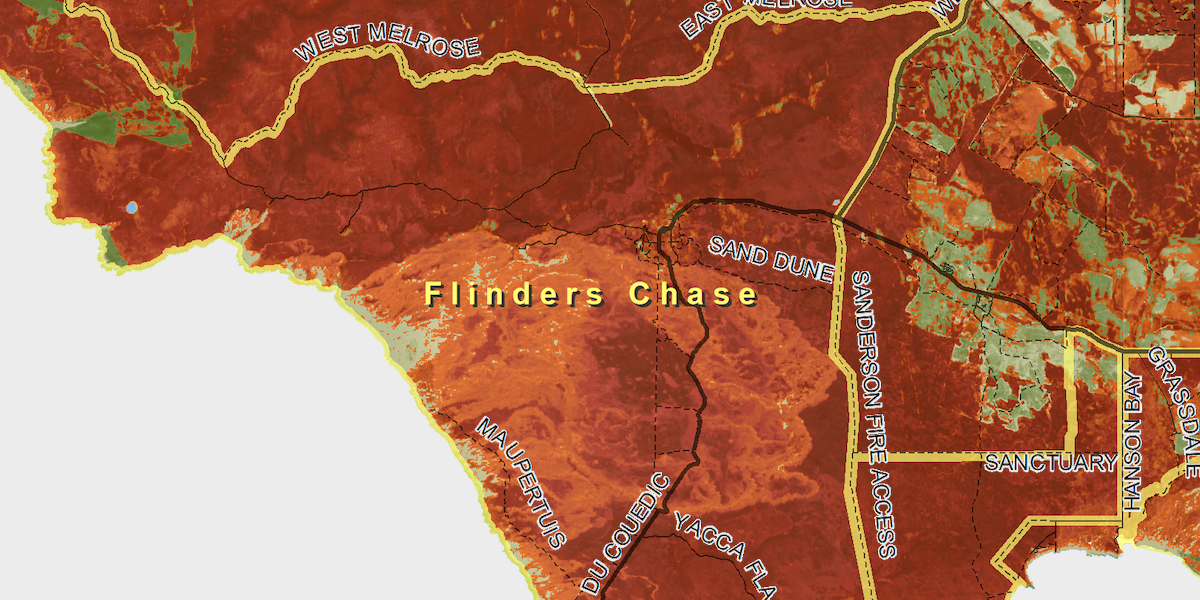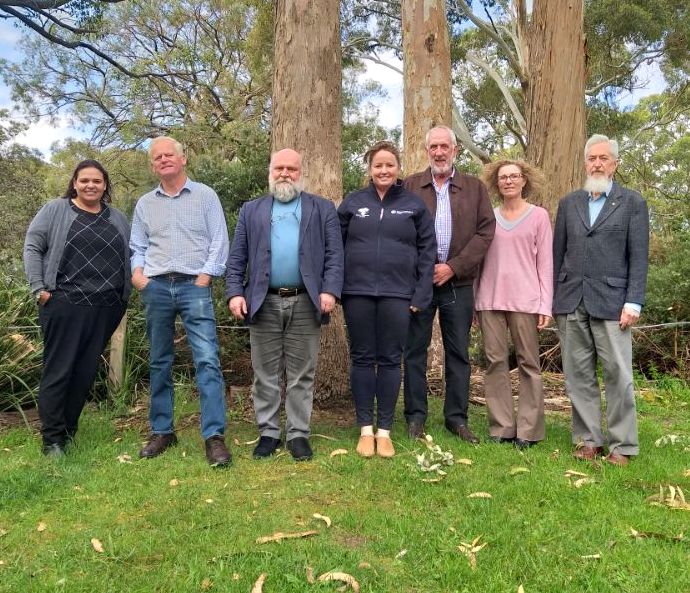The recent evidence for extensive fires in the Amazon Basin paints a devastating picture that we should all be concerned about. It seems that the problem of acquiring new farmland has taken on a new life in Brazil and much of the problem we are seeing is the result of forests being burnt to provide newly cleared land for agricultural purposes.
One of the major problems is that much of this land is not especially fertile, and only provides productive agriculture for a few years before yields decline and the need to clear more land grows. Abandoned farmland does not easily return to rainforest, that is a process that takes thousands of years. The potential loss of biodiversity and all the associated issues that go with that, including the astonishing pharmaceutical potential of plants that grow in such diverse and competitive environments, is a global tragedy.
Much has been made of the loss of oxygen from photosynthesis as this forest declines in size, but that is not the main issue. Most of the world’s photosynthesis occurs in the oceans and the Amazon forests provide only a small percentage of it. However, that is no reason for complacency. There is a vast amount of carbon stored in these forests and these fires will be releasing a significant amount of that carbon back into the atmosphere as the well known greenhouse gas carbon dioxide. The increase in atmospheric CO2 from these fires will counteract many global measures to reduce the CO2 emissions.
 It is clear that with global warming, fires are becoming more common and more intense and plants are not recovering from fire as easily as they once did. Furthermore, it is also clear that native vegetation is very difficult to replace once it has been cleared, no matter how much time and money is invested. It is likely that native vegetation will takes hundreds or possibly thousands of years to fully recover once it has been cleared and used for other purposes for, no matter what resources are used to assist the process.
It is clear that with global warming, fires are becoming more common and more intense and plants are not recovering from fire as easily as they once did. Furthermore, it is also clear that native vegetation is very difficult to replace once it has been cleared, no matter how much time and money is invested. It is likely that native vegetation will takes hundreds or possibly thousands of years to fully recover once it has been cleared and used for other purposes for, no matter what resources are used to assist the process.
Our strongest focus should be on protecting the remaining native vegetation where ever it occurs on Earth. These current fires serve as a beacon for the worst impacts we can have on the environment that ultimately supports our quality of life.
Comments provided by Environment Institute Director, Professor Bob Hill. Prof. Hill has made significant contributions to the areas of palaeobotany, plant systematics, plant ecophysiology and the application of research from these areas to interpreting changes that have occurred to the Australian flora through evolutionary time.







